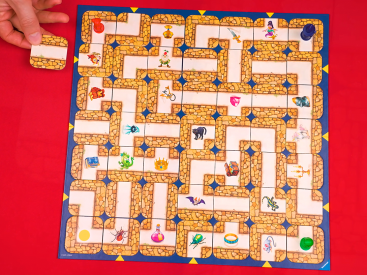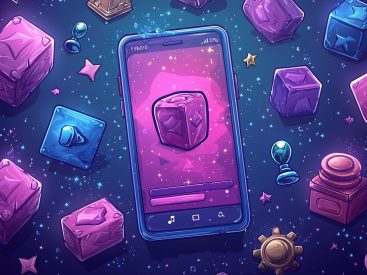With the rise of remote work, companies are using gamification to boost employee engagement and productivity. Gamification enhances engagement by 26% through positive reinforcement, fostering autonomy, competence, and community. It transforms routine tasks into rewarding experiences, increasing productivity and job satisfaction. Integrating gamification with an office hoteling system can further boost employee interaction and flexibility. Thoughtfully crafted content is crucial to the success of gamification strategies.
Why Gamification Works
Gamification uses our natural enjoyment of play and desire for achievement to make work more engaging. By adding systems like badges and rewards, tasks become game-like, increasing satisfaction. Tools like Zoom and Slack already use these elements to motivate employees. It succeeds by leveraging psychological principles like goal-setting, feedback, and competition, driving engagement and motivation.
How to Implement Gamification in Your Workplace
To bring gamification to your workplace, consider creating scenarios where employees take on characters with specific skills and missions. This fosters teamwork and creative problem-solving, turning work into a collaborative adventure. For example, a marketing team could role-play as explorers tasked with discovering new customer segments.
During brainstorming sessions, they might pose questions like: Where are potential new customers hiding? What do they value, and how do we capture their attention? Role-playing in teams helps cultivate psychological safety, creativity, and trust among members.

Developing a system where employees can unlock new skills and abilities as they complete tasks is another effective strategy. This allows them to customize their professional development path and visibly track their progress, keeping them motivated and invested in their growth.
Consider utilizing a rewards platform that offers incentives for reaching goals. You could also create engaging internal content, such as a company-specific trivia game. Practically, this might involve high-performing team members earning “points” for exceeding KPIs, which they can exchange for gift cards or other perks.
Introducing challenges where different teams compete to achieve company-wide objectives can foster cross-functional collaboration and add a playful edge to achieving business goals. Envision departments competing to devise the most innovative solutions to a common problem, with a fun reward for the winning team.
For instance, imagine a company aiming to generate more leads. The IT team creates a unique QR code for new prospects to scan. The marketing team then employs this solution at events throughout the year to gather contact information from visitors to the company booth. In appreciation of their creativity and ability to support other departments, the IT team could be rewarded with company-sponsored happy hours or other perks.
Engaging Employees with Thoughtful Content
Gamification goes beyond merely adding game elements; it requires a thoughtful approach. A well-crafted digital content strategy is crucial here. Understanding employees’ preferences and motivations is key to designing game components that resonate with them.
Begin by identifying content types that will engage your team. Use employee surveys, solicit feedback, and hold frequent brainstorming sessions to discover what truly motivates them. When implementing gamification, provide high-quality, visually appealing content that is relevant to your employees.
This ensures that the images and material you create can extend beyond internal platforms, making them personally meaningful. For instance, a top performer badge should not only be visually appealing on the company blog but also translate into a Slack emoji or a badge employees can share on LinkedIn and X.
Personalization is also crucial. Prize elements should acknowledge team members’ birthdays, and employees should be tagged on LinkedIn. Just like any other form of content marketing, the game elements must be well-designed and meaningful.
To maintain consistency and quality in gamified content, define roles, set timelines, and outline objectives. Regular feedback through surveys or focus groups allows for timely adjustments, keeping the content fresh and engaging. Choosing the right platforms for integration is vital, ensuring seamless adoption into the tools employees already use.
Measuring the effectiveness of gamification efforts is essential. Track key performance indicators (KPIs) like engagement rates, productivity metrics, and employee satisfaction to evaluate success and identify areas for improvement.




